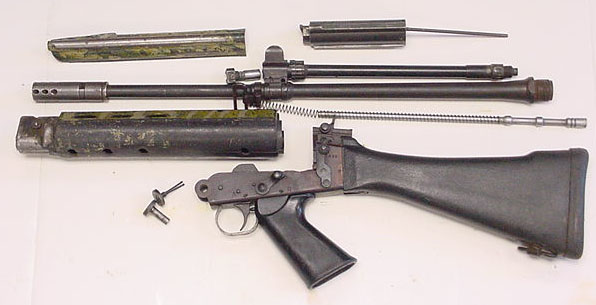

Bangladeshi service īangladeshi mukti bahini members used ENERGA grenades in a large number. It was launched from standard R1 ( FN-FAL) rifles. The South African 75mm R1M1 version was used during the South African involvement in Angola during the 1970s and 1980s. 4 Rifle and later fired from a similar projector attached to the muzzle of the L1A1 Self-loading Rifle.

It was issued one per person within the infantry platoon and attached to the waist belt and fired from Projector Mark 5 attached to the Lee–Enfield No. The Energa was introduced to infantry units of the British Army of the Rhine from 1952 when it replaced the PIAT. It was made obsolete by the adoption of the 84mm L14A1 Medium Anti-tank Weapon (MAW) and the 66mm M72 Light Anti-tank Weapon (LAW). The later L1A1 Self-Loading Rifle could also fire the Energa, but it was not commonly done. 4 Rifle) Mark 5 (c.1952), an attachment for the Lee–Enfield No.4 Rifle. It was designed to be fired from the Projector (No. In British service, the Energa was known as the Anti-Tank Grenade, No. ( March 2013) ( Learn how and when to remove this template message) Unsourced material may be challenged and removed. Please help improve this section by adding citations to reliable sources. The Super Energa could penetrate up to 275 mm (10.8 inches) of armor and 600 mm (23.6 inches) of concrete. The Super Energa used a rocket booster to extend the grenade's range to 550 meters. At an angle of impact of 45 degrees, the figures dropped to 100 mm (3.9 inches) and 250 mm (9.8 inches), respectively.

The original Energa grenade could penetrate 200 mm (7.8 inches) of armor or 500 mm (19.6 inches) of concrete at an angle of impact of 90 degrees. Armscor of South Africa manufactured the R1M1, an improved version of the Energa grenade. Although no longer in production, stocks of the grenade still exist and the Energa grenade remains in service with Third World countries. įirst produced in the 1950s, by Mecar in Belgium, it was in front-line use by European armies until replaced by disposable tube-launched anti-tank rockets such as the M72 LAW. The name Energa comes from the firm in Liechtenstein that designed it, the Anstalt für die ENtwicklung von ERfindungen und Gewerblichen Anwendungen, based in Vaduz. The Energa anti-tank rifle grenade is a rifle-launched anti-tank grenade that is propelled by a ballistite-filled blank cartridge. Liechtenstein, first manufactured in Belgium The blue paint signifies an inert training version


 0 kommentar(er)
0 kommentar(er)
